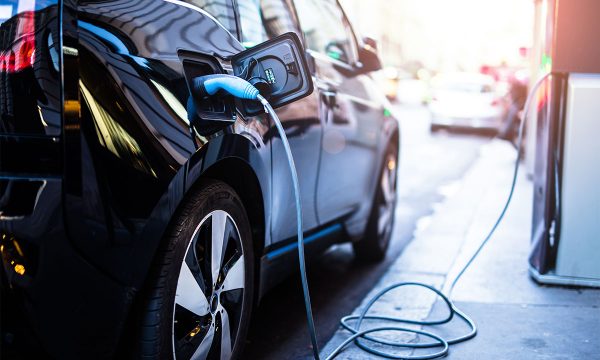Is there any hope of EVs achieving price parity with ICE vehicles?
Read any article or survey on why customers are reluctant to buy electric vehicles, and three primary reasons will almost certainly top the list: driving range, charging time and up-front purchase cost.
While some progress has been made with respect to driving range and charging time, there has not been any improvement in their up-front cost. The lowest-priced sub-compact EV in Canada is the Nissan Leaf with a starting MSRP of $37,498, while most compact EVs have starting prices closer to $45,000.
EV advocates have long predicted that they will reach price parity with conventional internal-combustion engine (ICE) vehicles once higher production levels are achieved and ongoing technical advances reduce battery prices. But is that a realistic expectation?
Maybe not.
In fact, the opposite seems to be happening. Tesla, for example—the poster-child for EVs and the one with the most vehicles produced over which to amortize R&D and startup costs—has been progressively increasing prices for all its vehicles. The lowest-priced, entry-level Tesla Model 3 now costs $60,000 in Canada. The same car was advertised at $35,000 in 2019.
The fact is, EVs typically have a cost penalty in the order of $15,000 or more, relative to otherwise comparable ICE vehicles, and that price differential is showing no signs of shrinkage.
Across the market, EVs typically cost many thousands of dollars more than directly comparable ICE vehicles. So much so that the federal government’s nationwide incentive program of up to $5,000/vehicle still doesn’t make them price competitive.
The only provinces where EVs are really selling well are those with their own subsidies topping up the federal funds—by up to $3,000 in British Columbia, and $6,000 in Quebec.
The fact is, EVs typically have a cost penalty in the order of $15,000 or more, relative to otherwise comparable ICE vehicles, and that price differential is showing no signs of shrinkage.
The staggering cost of batteries is the major reason why this is, amplified by the fact that vehicles are being fitted with ever-larger battery packs to achieve the range level the public seems to demand—something comparable to the lowest levels achievable between gasoline fill-ups. A driving range in the region of 400 kilometres or more now seems to be the price of entry.
As for battery prices, they have been coming down in terms of cost per unit of energy, which was about (US) $1,100/kWh in 2010. Some wag at the time predicted that battery costs would have to fall below (US) $100/kWh for EVs to become price competitive, so that figure became the industry’s Holy Grail and has been the target ever since.

The cost of lithium-ion battery cells, the gold standard for current EVs, had fallen to (US)$132/kWh by the middle of 2021, according to BloombergNEF. But then it started going up again. BNEF predicted a (US)$135/kWh average pack price for 2022 and suggested the point when prices drop below the crucial (US)$100/kWh milestone will be delayed by two years.
Maybe.
Since last November, the price of lithium carbonate, a key ingredient in Li-ion batteries, has increased by 2.5 times, according to tradingeconomics.com, which monitors global prices daily. It is a rare material for which demand is quickly skyrocketing. If I learned anything in economics class, it is that those factors do not typically result in falling prices. The fact that the primary producers are in Australia, Chile and China, and the current state of global shipping, suggests that future price reductions are even less probable.
Cobalt is a key ingredient in Li-ion batteries as well, and its price has increased by 45 per cent since November.
Cobalt is a key ingredient in Li-ion batteries as well, and its price has increased by 45 per cent since November, per tradingeconomics.com. As much as 80 per cent of the world’s supply comes from the Congo and four per cent comes from Russia. Neither source suggests long-term supply stability or corresponding price stability.
One more thing. There are two types of cathodes in the Li-ion batteries typically used in EVs—Nickel Manganese Cobalt (NMC) and Nickel Cobalt Aluminum (NCA). Nickel is the most important metal by mass in both types, comprising 33 per cent of the NMC and 80 per cent of the NCA. According to tradingeconomics.com, “breakneck volatility has returned to nickel markets,” with prices spiking to 2.4 times their November value in March before settling down to a 65 per cent increase since then.
One might suspect there could be some relationship between all those price fluctuations and the recent flurry of battery manufacturing plant announcements by automakers and related suppliers all over the globe. And one might hope that those material prices will return to more normal levels once the excitement settles down.
But I wouldn’t count on it. Or on EV prices ever achieving parity with those of ICE vehicles.












